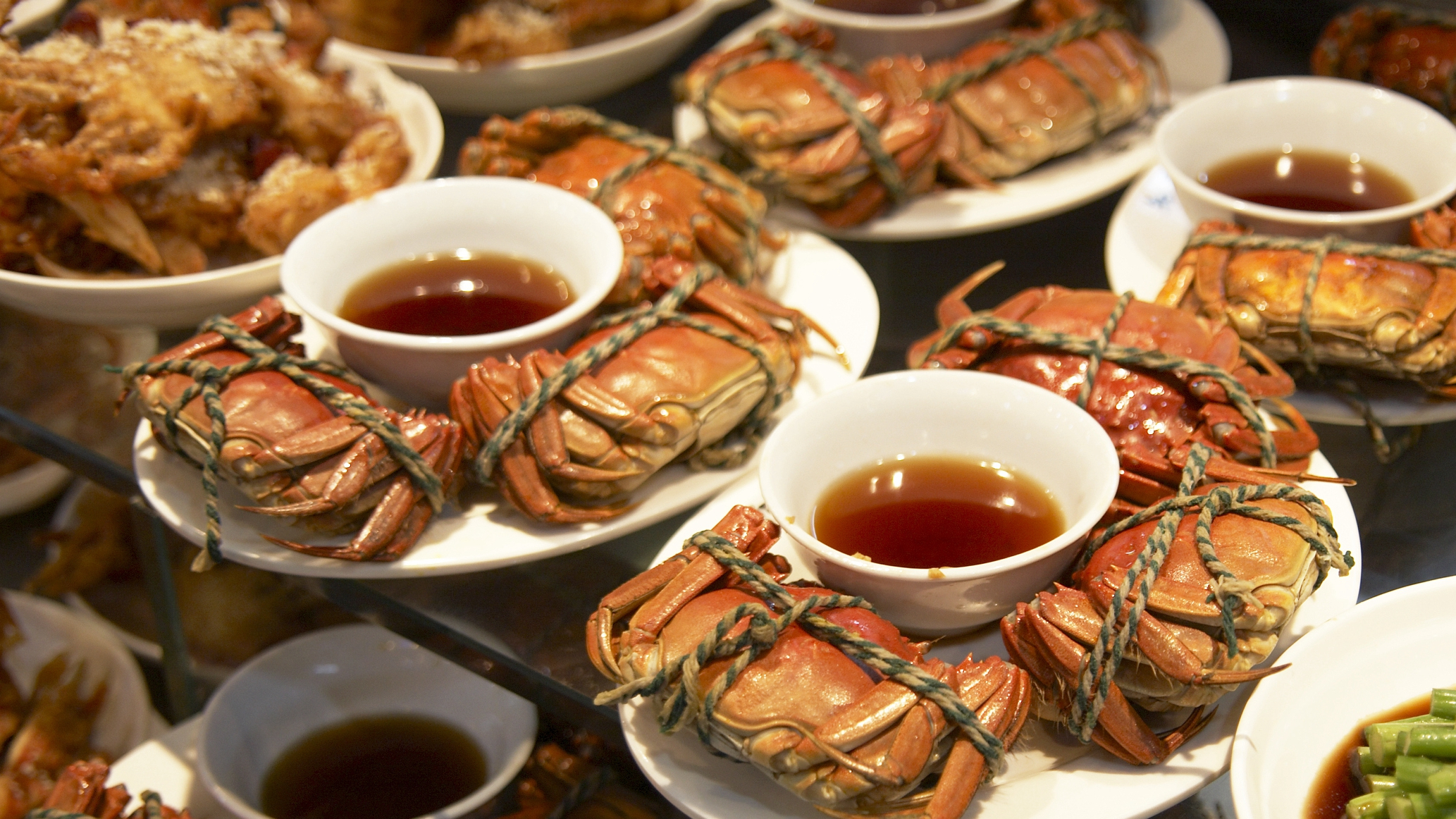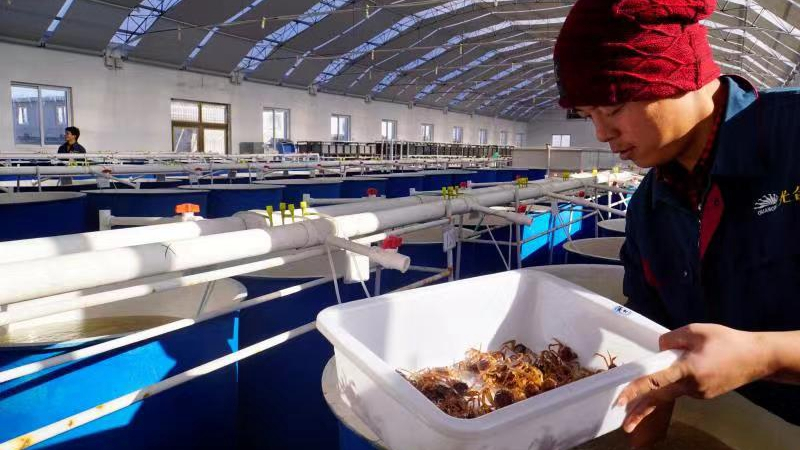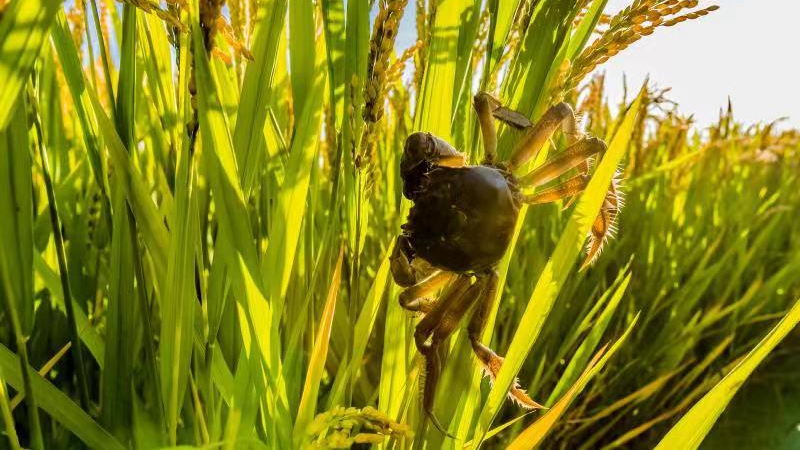02:38

A Chinese billionaire once said that if you want to be the richest man in the world, set a small target at 100 million yuan first. An Huanyu, a young entrepreneur in the northeastern Chinese city of Panjin, is about to join the club by selling crabs online.
"I started doing e-commerce, selling crabs five years ago. This year we began to sell them on Douyin and our revenue is expected to reach over 100 million yuan," said An, general manager of Tangwanghuang Crab.
That's about 14 million U.S. dollars, more than twice the company's revenue last year. An noticed that it's almost become a ritual to have crabs during the Mid-Autumn Festival.
"At first only high-end consumers could afford them. But now Panjin crabs have reached hundreds of thousands families here in China. It's a rise in consumption levels and buying power," said An.
Panjin-ers may not be the first to eat crabs in Chinese history, but they are certainly early birds in making a fortune out of them. Last year, the city produced over five billion yuan worth of crabs.

A farmer nurses small crabs in a workshop of Panjin Guanghe Crab Industry. /Photo by Panjin Guanghe Crab Industry
A farmer nurses small crabs in a workshop of Panjin Guanghe Crab Industry. /Photo by Panjin Guanghe Crab Industry
One of the bestsellers is raised in rice fields and has become Panjin's signature product. It is an eco-friendly breeding method piloted by a local company, Guanghe. Nevertheless, Panjin's crab empire wasn't built in a day.
"In the beginning, farmers couldn't even afford to purchase crab larva. And we had to talk them into the business," said Chai Yongqing, deputy general manager of Panjin Guanghe Crab Industry. "But then they realized there is a big return, so now they just can't wait to get started."

Crabs are raised in a natural environment along with the rice. /Photo by Panjin Guanghe Crab Industry
Crabs are raised in a natural environment along with the rice. /Photo by Panjin Guanghe Crab Industry
The industry saw a boom in the late 1980s due to technological advancements. Farmers saw the opportunity and followed the model of rearing crabs in pollution-free rice fields in 1990s. Over the years, the local government has carried out measures to foster business and boost farmers' incomes.

Autumn is the harvest season for Panjin crab farmers. The city produced 7.3 tons of crabs in 2018. /Photo by Panjin Guanghe Crab Industry
Autumn is the harvest season for Panjin crab farmers. The city produced 7.3 tons of crabs in 2018. /Photo by Panjin Guanghe Crab Industry
"Crab farmers' livelihoods have improved greatly. Years ago, many of our clients rode their bikes to purchase crab larva. Now they come here in their own cars," said Chai.
The manager says the crab company is using scientific methods to breed a new mitten crab species — bigger and stronger with higher added value. And just like the new species, the city's aquatic business is expected to continue thriving nationwide.